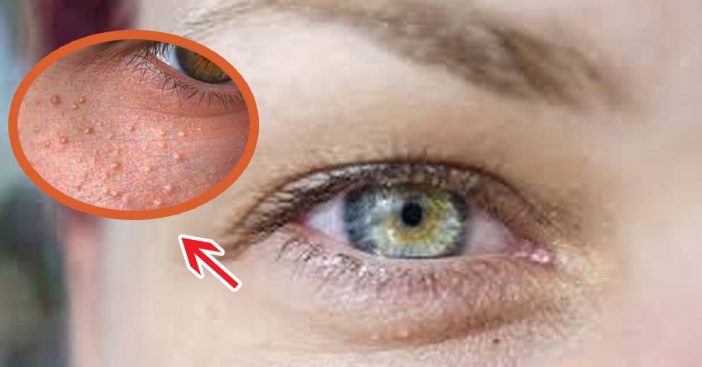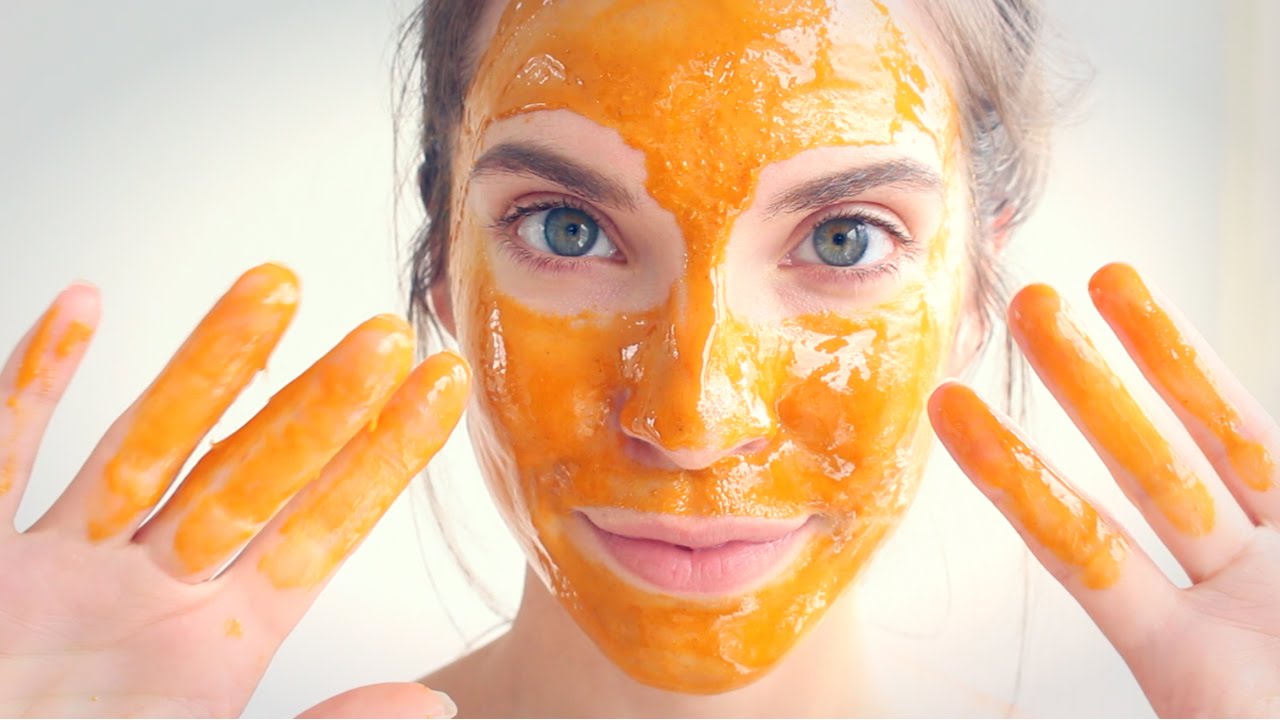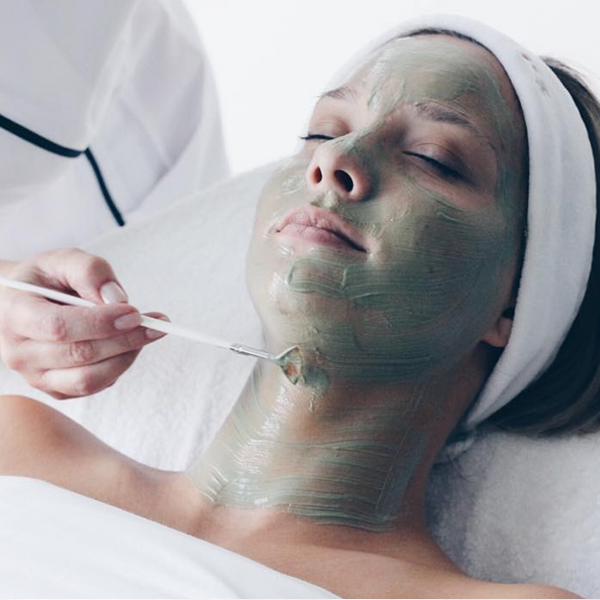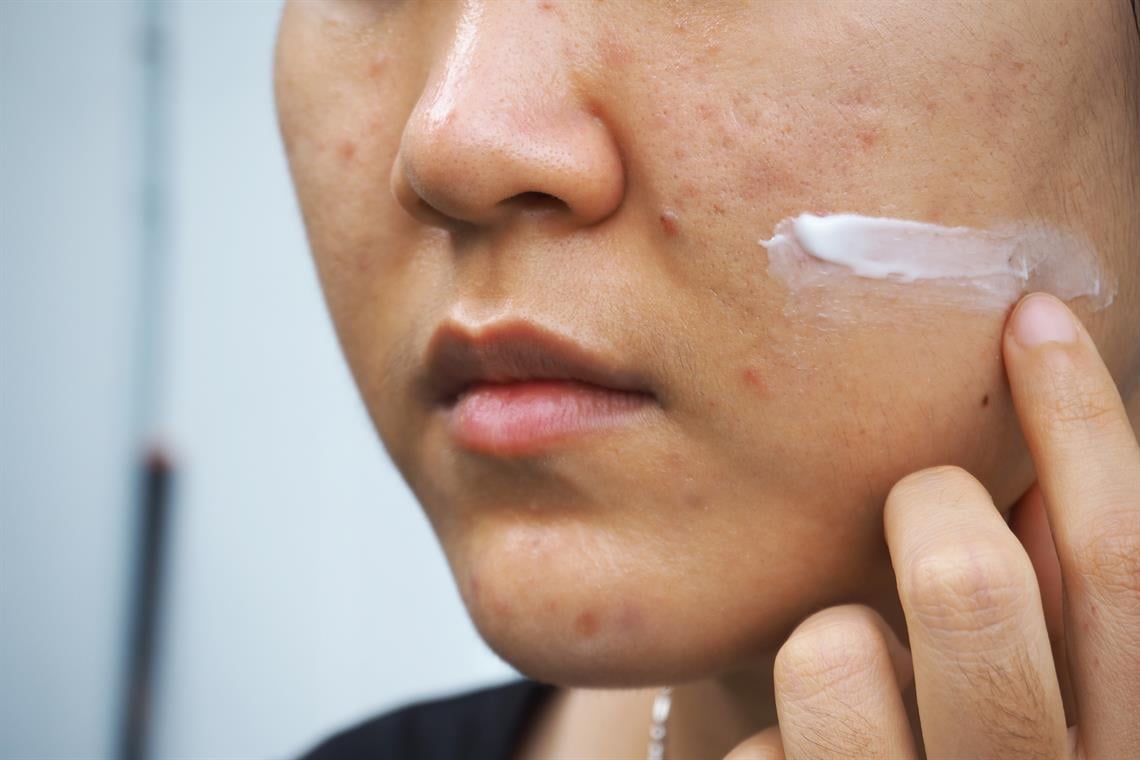
4. Try a Manuka honey mask

Research has shown that Manuka honey masks were effective in fighting against bacteria that causes acne. While milia isn’t usually caused by bacteria, it can certainly help with the appearance of your skin. All you need is 3 or 4 tbsp. of Manuka honey with about 1 tbsp. of cinnamon, microwave the mixture for 30 seconds, and then apply a thin layer of it to your face and wait up to 10 minutes before rinsing.
5. Use a facial peel

Be careful with this one, as using a facial peel that is too strong for your skin can cause more milia. It’s best to consider facial peels that contain salicylic acid or glycolic acid. If you don’t already use facial peels and have milia, it might be best to skip this option as your skin might not react well to the ingredients. For those who often use facial peels, this could be a great option for you to try, as you know how your skin will react.
6. Use a retinoid cream

Retinoid creams contain vitamin A, which is vital to the health of your skin. Once your face is scrubbed clean and dry, apply a retinoid cream. If you’re going to be out in the sun for a long period of time, be sure to wear sunscreen, as retinoid creams can increase the damage caused by exposure to the sun.
7. Use a light facial sunscreen

The right kind of sunscreen, especially the kind that is designed for the face, can help in reducing milia bumps. Be sure that the light sunscreen is at least 30 SPF, and if you’re extremely fair-skinned, 100 SPF may be more suitable, depending on how often you’re in the sun!
As previously mentioned, milia bumps typically resolve on their own and these tips are simply to help speed up the healing process. If you continue to have outbreaks of milia or it’s not going away, it’s best to consult a dermatologist.

Be sure to SHARE these milia tips and tricks with your friends and family!
